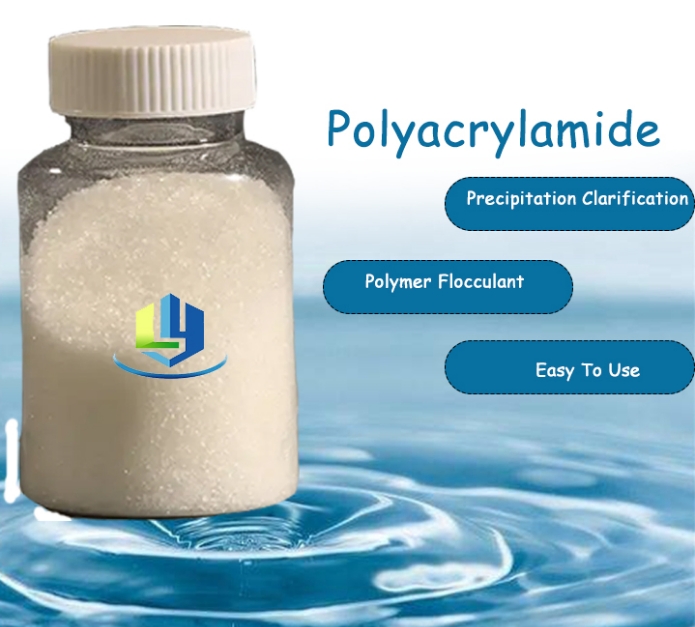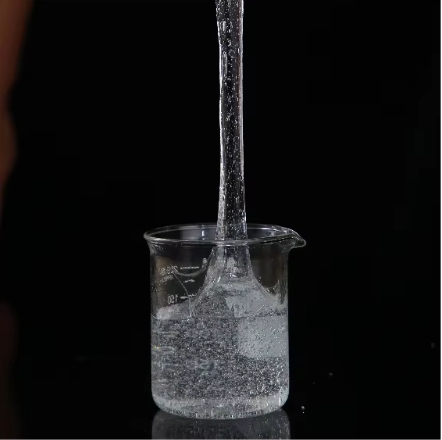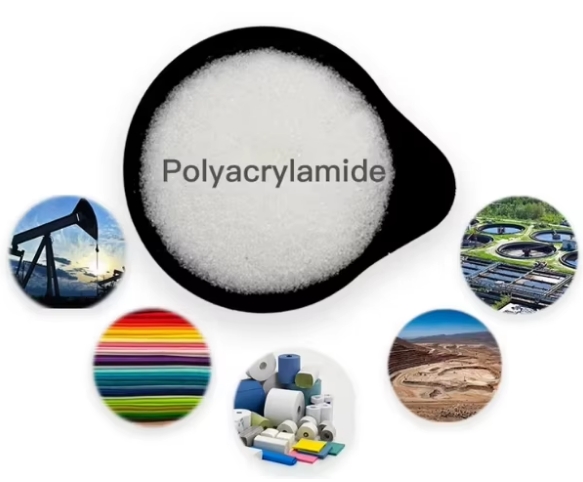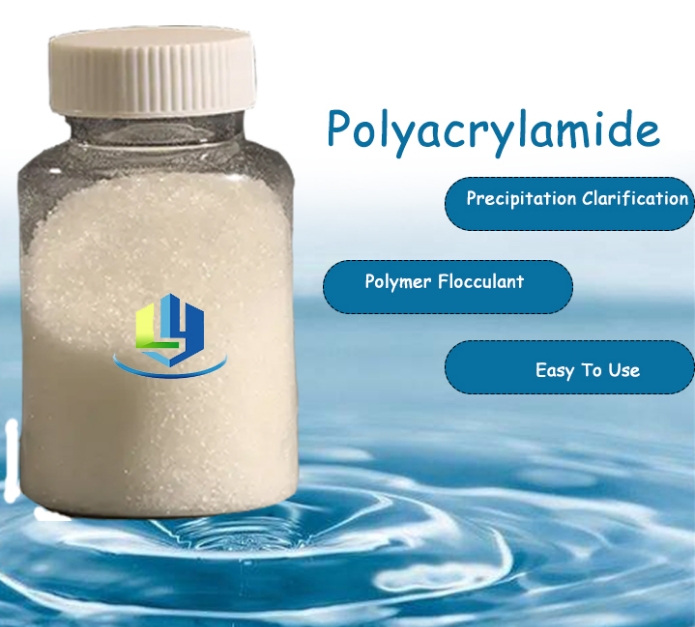How to Use the Polyacrylamide(PAM) with Other Products.
The Combined Usage of Polyacrylamide(PAM) with Other Products.
Polyacrylamide (PAM) can be combined with other flocculants, coagulant ids or conditioning agents and other products to achieve better treatment effects. This combined use can be optimized according to different water qualities and treatment goals to enhance the flocculation effect, reduce treatment costs, and improve the overall efficiency of water treatment.



1. When used in combination with inorganic flocculants:
(1) Principle:
Polyacrylamide, as an organic high-molecular flocculant, when used in combination with inorganic flocculants (such as aluminium sulfate, polyaluminium chloride, etc.), can take advantage of their respective strengths, exert a synergistic effect, and enhance the flocculation effect.
(2) Application:
In raw water treatment, inorganic flocculants can be added first, followed by polyacrylamide. By taking advantage of the long-chain structure of polyacrylamide, the flocs formed by inorganic flocculants can grow further and the sedimentation rate can be accelerated. Polyacrylamide can also be added first, followed by inorganic flocculants, to form larger flocs and enhance the treatment effect.
(3) Advantages:
It can reduce the dosage of flocculants, improve the quality of wastewater treatment, increase water treatment efficiency, reduce the formation of scale, and protect treatment equipment, etc.
2. When used in combination with other organic flocculants
(1) Principle:
Different types of organic polymer flocculants, such as cationic, anionic and nonionic polyacrylamide, can be combined appropriately according to the nature and target of the wastewater to achieve the best flocculation effect.
(2) Application:
For instance, when treating wastewater with a negative charge, cationic polyacrylamide can be added first to neutralize the negative charge of the wastewater, and then anionic polyacrylamide can be added to promote the formation and sedimentation of flocs.
(3) Advantages:
According to different types of wastewater and treatment goals, appropriate combinations of organic flocculants can be selected to achieve more efficient and economical water treatment.
3. Used in combination with coagulant aids:
(1) Principle:
Coagulant aids can improve the flocculation effect, increase the formation speed and stability of flocs, and make flocs easier to settle or filter.
(2) Application:
For instance, during the sludge dewatering process, polyacrylamide can be added first to make the sludge particles form flocs, and then coagulant aids (such as lime, ferrous sulfate, etc.) can be added to further improve the dewatering performance of the sludge and increase the solid content of the sludge cake.
(3) Advantages:
It can reduce the energy consumption of sludge dewatering, improve the dewatering efficiency and lower the cost of sludge treatment.

